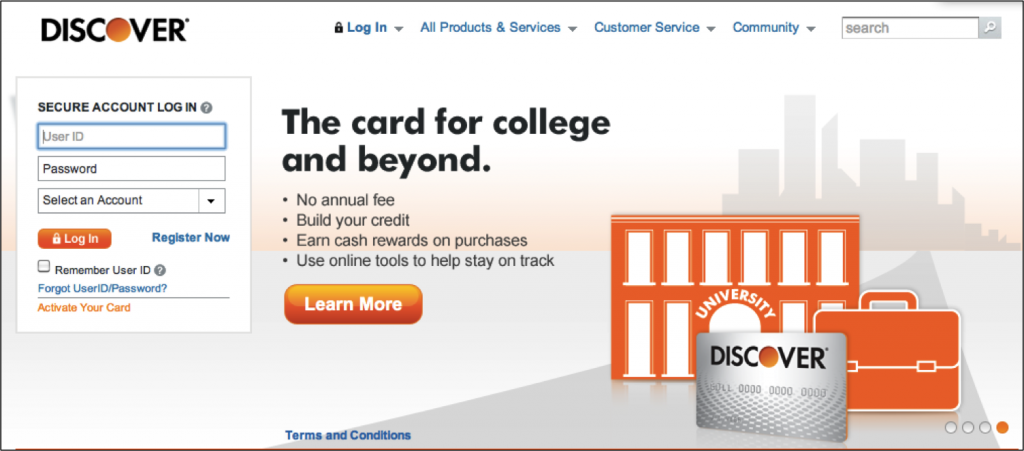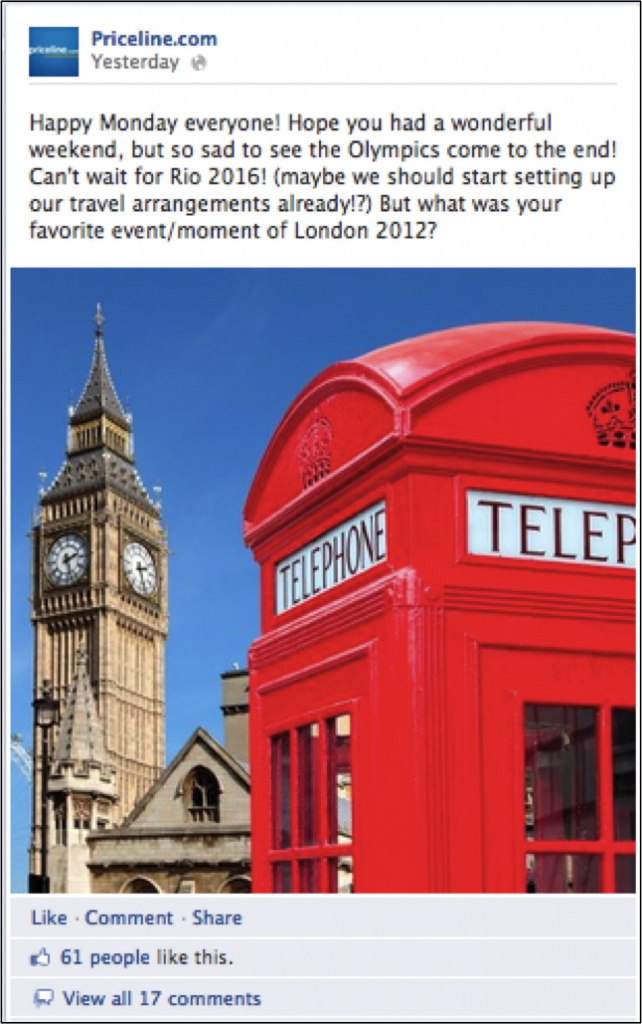
Focus on the Micro and the Macro!
When Avinash Kaushik (@avinash) is giving the opening keynote you know that you’re in for a treat. SES San Francisco was no exception. Even with a few minor technical issues, Avinash rolled with the punches and jumped right into what is wrong with online marketing today, and how it can be fixed.
As always Avinash’ presentation was a unique mixture of stand up comedy, and expert advice from one of the only people who can truly call themselves a guru in the online marketing industry.
3 Things I Find Interesting That I Want to Share
“I got into the web through the path of data. As it turns out the problem is very rarely lack of or bad data.” – Avinash Kaushik
- Influence: How do we find people at the right time with the right message?
- Experience: How can we deliver any amazing experience to our customers?
- Value : How can you provide the most value possible?
If you have an awesome web strategy chances are that roughly 2% of visitors to your site convert. For everyone else that number is 1% or less. Marketers have a tendency to think “if you aren’t going to convert immediately, then get out.” Companies then begin optimizing their business for the 1-2% that are converting. What we should be doing is focusing on the 100% of visitors, not just the 2%.
Each marketer must ask themselves this question: What is the most important thing that we want our website to do?
The majority of the time focus is on utilizing the website to generate revenue. Avinash suggest that instead of laser focusing on revenue, we should focus on economic value. This seemingly slight shift can allow companies to take a much more organic approach to optimizing their strategy.
Discover: Study the Micro and the Macro
One of the examples of companies that do a good job of focusing on the right type of data is Discover. It is clear that Discover wants visitors to sign up for a credit card. However, they allow users a variety of options to either save their information and submit later, recommend friends, etc. By focusing not only on the immediate conversions, but the long term value of their visitors Discover is able to encourage interaction throughout the customer journey from discovery to purchase and beyond.

What are additional ways to provide value?
Value comes from not only knowing your audience, but understanding how to effectively measure, adapt, and scale your approach.
- Measurement: comes from computing the economic value per conversion.
- Integration: tying all of the marketing we do to the value we deliver to the business.
- Intersection: marketing is a two way street that requires integration
The Problem with Today Is..
We’re reporting on stupid crap. According to Avinash, marketers are obsessed with the wrong metrics. He related measuring “likes” to walking down the street and marking down each person that smiled you as a lover.
Traditional marketing is shifting to social marketing. If Facebook isn’t working for you, it’s not Facebook, it’s you. An example of a brand engaging on social media in the right way is Priceline. The travel giant provides a great combination of questions to their audience, interesting factoids, and fantastic imagery of top travel destinations.

4 new metrics you should measure
- Conversation Rate: The number of audience comments per social contribution.
- Amplification Rate: The number of re-tweets per tweet and the number of forwards per social contribution.
- Applause Rate: The number of favorite clicks per tweet, likes per Facebook post, +1 per Google post, and the number of +1 and likes per blog post or YouTube video.
- Economic Value: Sum of the long and short-term revenue your company makes from social channels.
What Did We Learn?
In the short hour or so that Avinash was presenting I was furiously typing, trying to get down each and every word, so as not to miss any nugget of wisdom. A few of the things that really stood out to me were:
- Optimize for your customers (as Avinash pointed out this topic is covered extensively in Lee Odden’s new book Optimize)
- Measure for complete economic value and for all of your audience, not just revenue from the 2% that convert
- Integrate, integrate, integrate
To learn more about integrated online marketing, especially for BtoB Marketers, be sure sit in on Lee’s presentation tomorrow at 9am in room 2011 “B2B Optimization Across the Sales Cycle with Content”
TopRank Readers Bonus: My Q&A With Avinash Kaushik
What can you share for brands looking to gain organic influence?
I have always found that when it comes to organic search rankings that the rule of god is just to put out a lot of content that is of incredible value. In the end, my over arching SEO strategy to determine what is incredible and unique about what I’m doing and what I can say that I know a lot about.
It doesn’t matter if I contribute every day but the content that I am creating must be of incredible value. If I can create content daily I will, but I have not let go of that rule of consistency and quality.
Say for example that we are going to open a cake shop. My first goal would be to determine what we know about making cakes and what we can say about our products. From there we can being building an audience by sharing a tweet a day on creating great gates, tips for making cakes, etc.
In addition to creating exceptional content you have to optimize that content for your customers. Whenever I write a blog post I run a series of searches on Google and Bing before I create my blog titles, as well as some additional tools to make sure my tags and descriptions are appropriate.
How can companies begin to make that shift from focusing on the 2% of visitors that convert, to 100% of visitors that come to their site?
Companies have to determine what the most important action visitors can take to best benefit their end business goals. Next they must figure out what other things will lead to a deeper relationship with their customers.
A good example is that of OfficeMax.com. They have 2 very important goals. They want people to sign up for their catalog, and share their email address. Why? When customers sign up to receive the monthly catalog they expect to receive communication from Office Max on a regular basis. Once Office Max receives a customers email address they are able to send targeted promotions based on the last items in their cart, or the most recent pages they have visited.
Amazon recently shared that if you have more than 8 or 9 reviews on a product the conversion rate increases by a statistically larger amount. The fact that customers are taking the time to write a review shows an investment on their part.
In your presentation you shared that many companies are reporting on “stupid crap” instead of the metrics that matter. What should we be measuring and who is a good example of a company that takes a customer centric approach to social media?
We obsess about metrics that simply do not have business impact. Business impact means we make more money, and can pay more salaries to our employees. A good example of that is when I go to a Facebook page it is simply a list of posts begging visitors to click the “like” button. It is clear that their measurement system relies on their number of likes. The best you can hope for when begging for likes is that people click once, and never return to your page.
Seventh Generation is a company in Burlington, VT that sells natural and healthy household products. When you go to their Facebook page it is clear that the company’s incentive structure is not to get likes.
What they want is to have a deeper and more meaningful relationship with people on Facebook. This becomes evident when you see that Seventh Generation has a mixture of meaningful quotes, information on why certain fruits are good for you, tips for recycling and repurposing old household items.
The company is not concerned with pimping their products and begging for likes. The incentives they’re measuring is the number of re-shares or comments per post. Seventh Generation can see which types of content people seem to react to and will draw upon that when deciding which content to share.
In the end, I like metrics that matter.


